Crassula perforata variegated, commonly known as “String of Buttons” or “Variegated Necklace Vine,” is a unique and attractive succulent plant that belongs to the Crassulaceae family. This plant is a variegated form of Crassula perforata, and its distinctive appearance makes it a popular choice among succulent enthusiasts.
Here is a description of Crassula perforata variegated:
- Appearance:
- The plant features trailing stems that hang gracefully, making it an excellent choice for hanging baskets or containers.
- The leaves are flattened and closely stacked along the stems, resembling a string of buttons, which gives the plant its common name.
- One of the notable features of the variegated variety is the attractive coloration. The leaves typically display shades of green, cream, and pink, creating a visually appealing contrast.
- Variegation:
- The variegation in Crassula perforata variegated can be in the form of stripes, spots, or marbled patterns on the leaves. This variegation adds to the plant’s overall aesthetic appeal.
- Size:
- The size of the plant can vary depending on its growing conditions, but it generally remains relatively compact. It can reach a height of about 6 to 12 inches and spreads as it matures.
- Sunlight and Water Requirements:
- Crassula perforata variegated thrives in bright, indirect sunlight. It can tolerate some direct sunlight but may scorch in intense, prolonged exposure.
- Like many succulents, it prefers well-draining soil and should be watered sparingly. Allow the soil to dry out between waterings to prevent root rot.
- Propagation:
- This succulent is relatively easy to propagate. It can be propagated from stem cuttings, which root easily in a well-draining succulent mix.
- Hardiness:
- Crassula perforata variegated is generally hardy and can tolerate a range of temperatures. However, it is essential to protect it from frost, as prolonged exposure to freezing temperatures can damage the plant.
- Maintenance:
- Low-maintenance by nature, this succulent requires minimal care. Regular monitoring of water needs and occasional pruning to maintain its shape can contribute to a healthy and attractive specimen.
Only logged in customers who have purchased this product may leave a review.
 P109 - Echeveria Raspberry Ice
1 × $7.99
P109 - Echeveria Raspberry Ice
1 × $7.99  BOX-009-A-RP : Leafly Pot (Assembled + Plant)
1 × $25.00
BOX-009-A-RP : Leafly Pot (Assembled + Plant)
1 × $25.00  P108 - Mexican Snow Ball Echeveria
1 × $5.99
P108 - Mexican Snow Ball Echeveria
1 × $5.99  P112 - Graptopetalum paraguayense Bonze
2 × $13.50
P112 - Graptopetalum paraguayense Bonze
2 × $13.50 
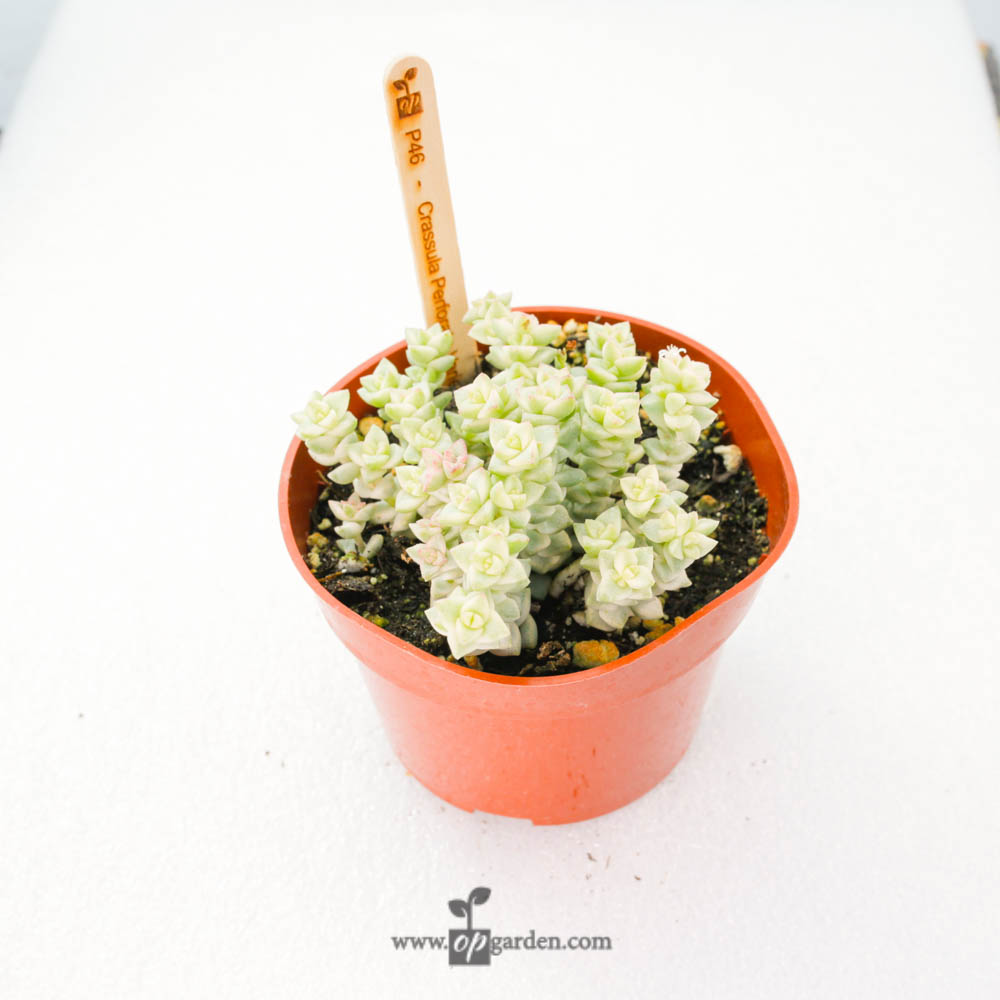
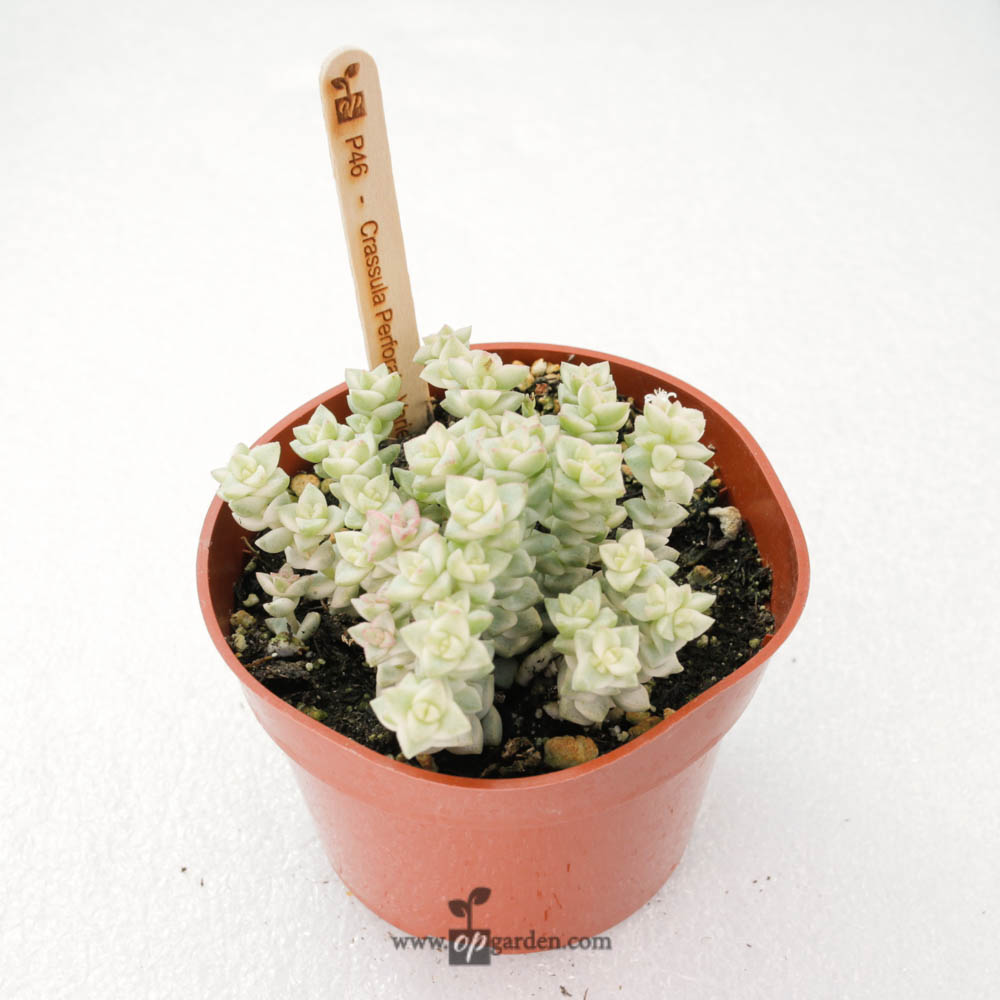
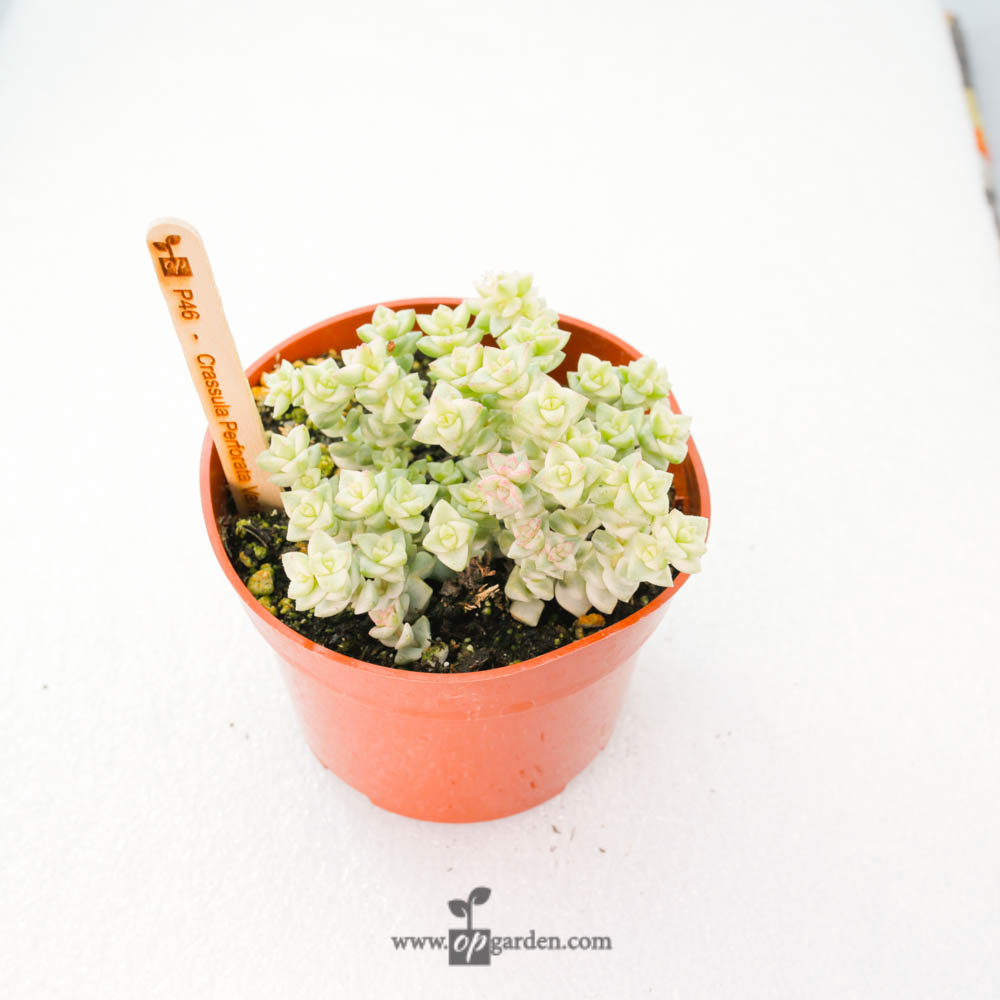



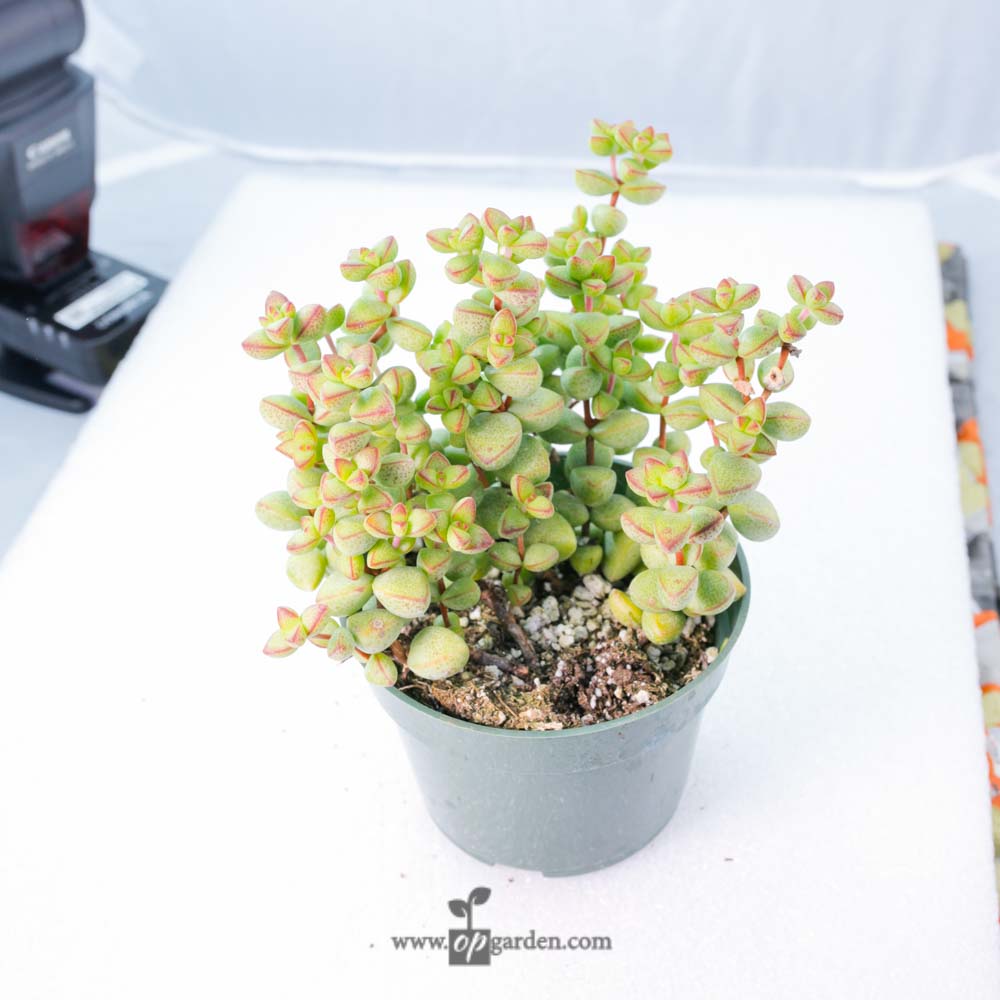
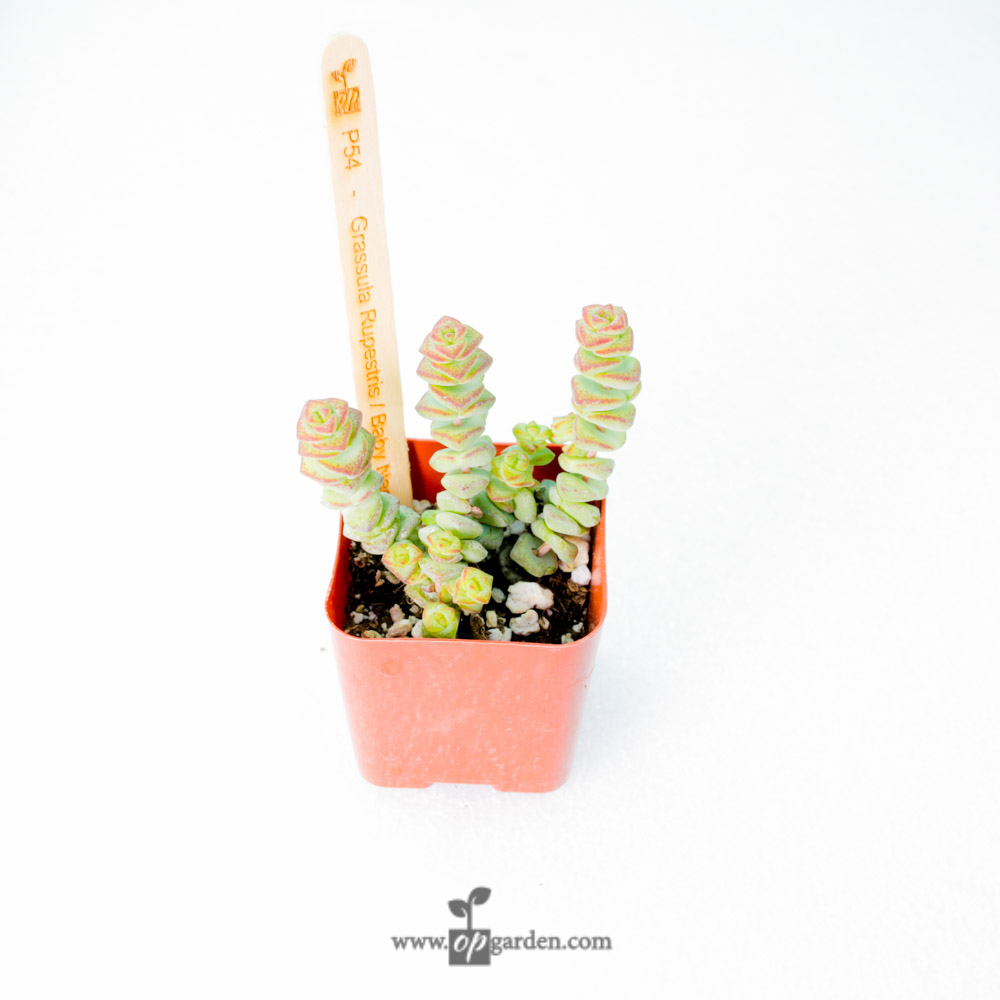
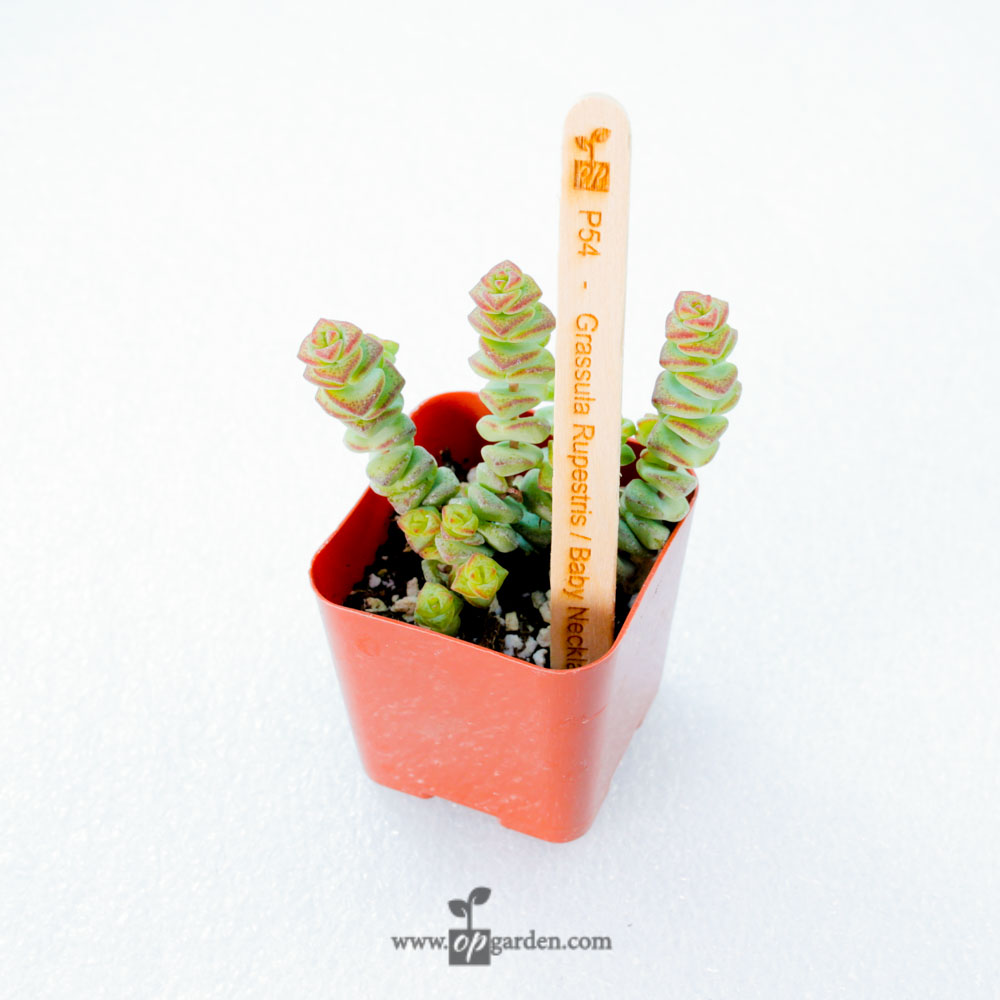
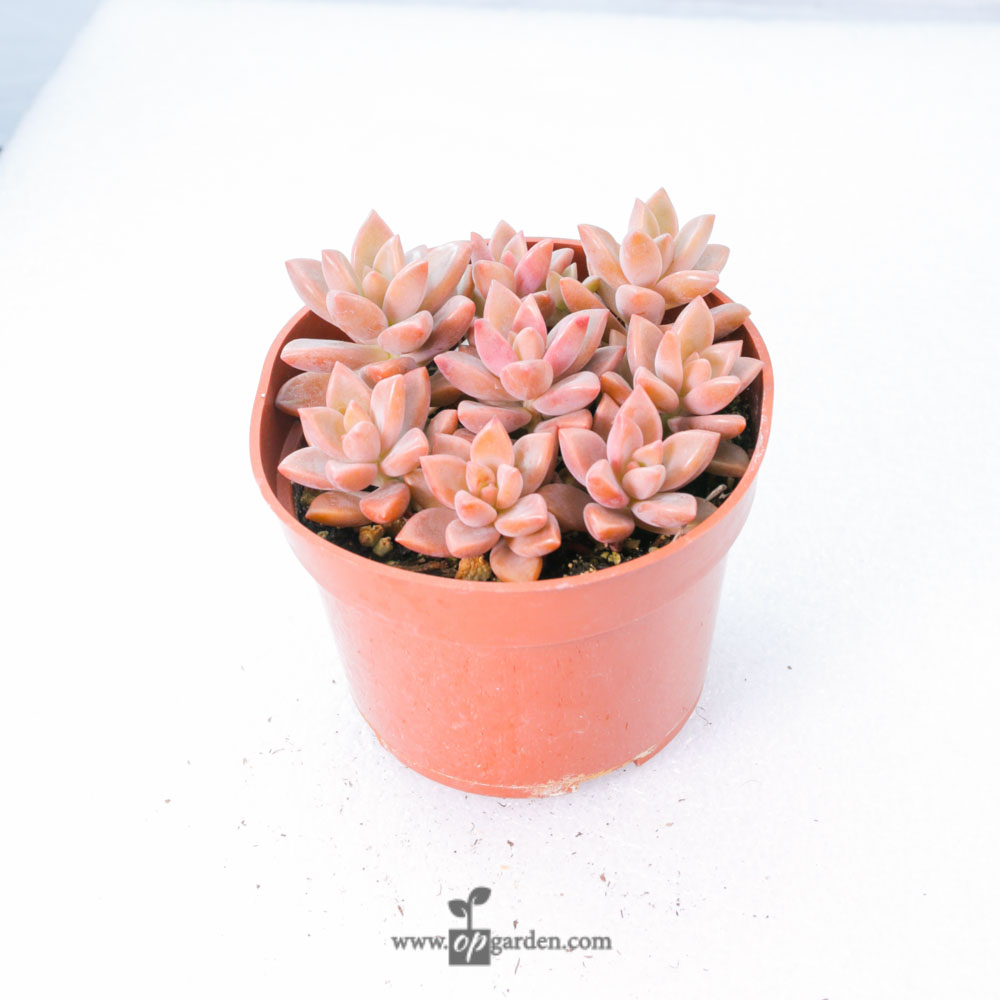
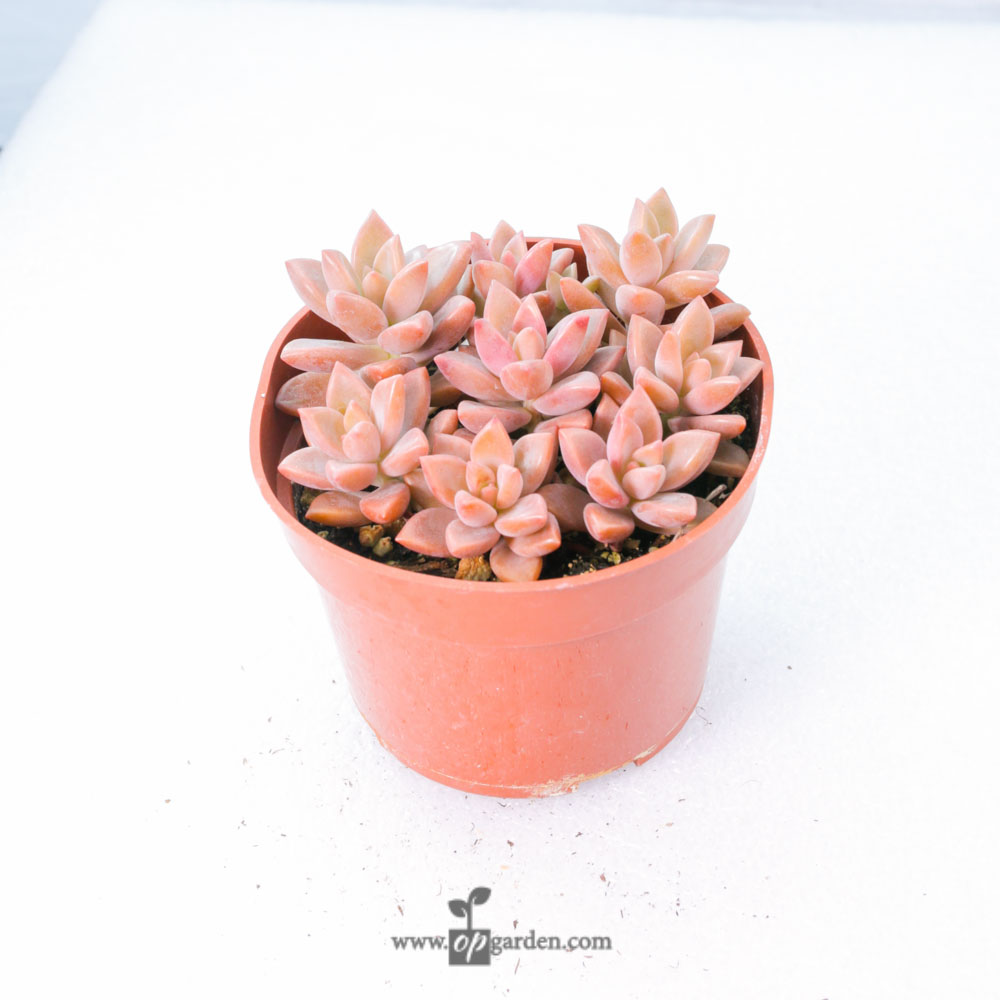
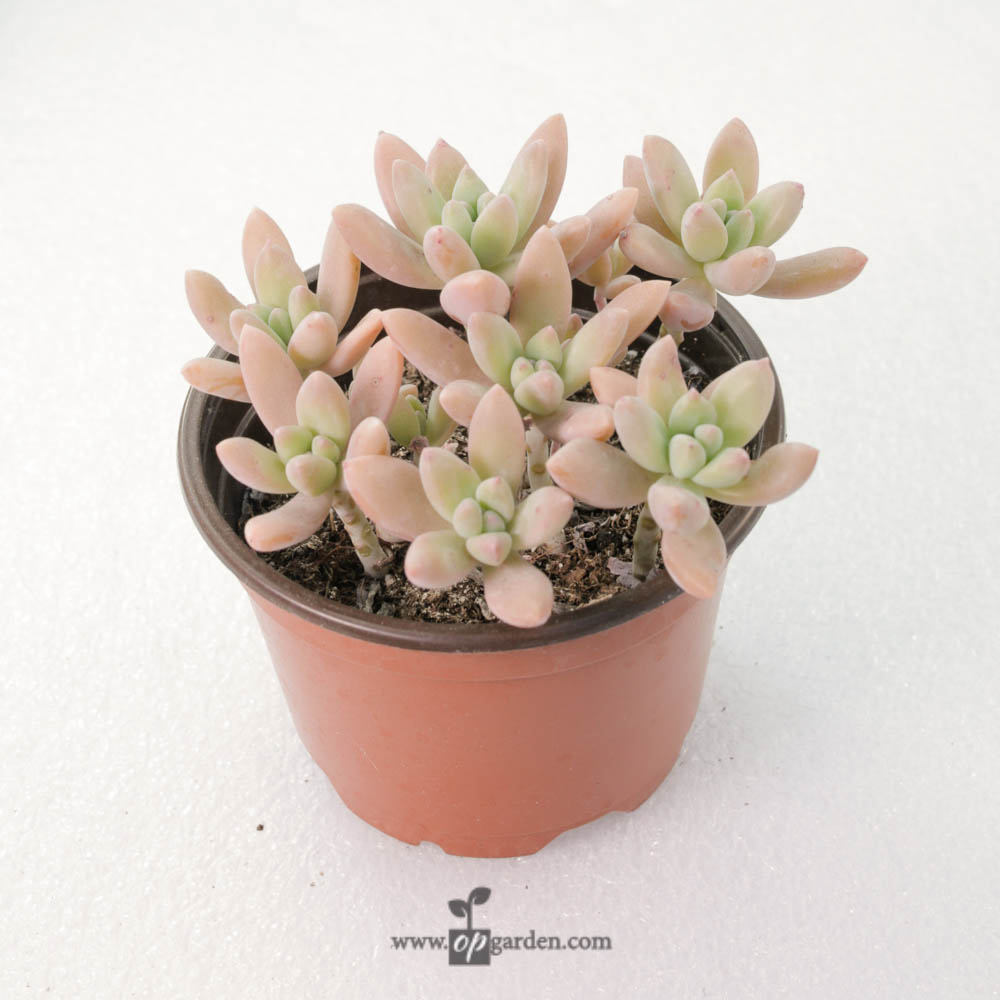
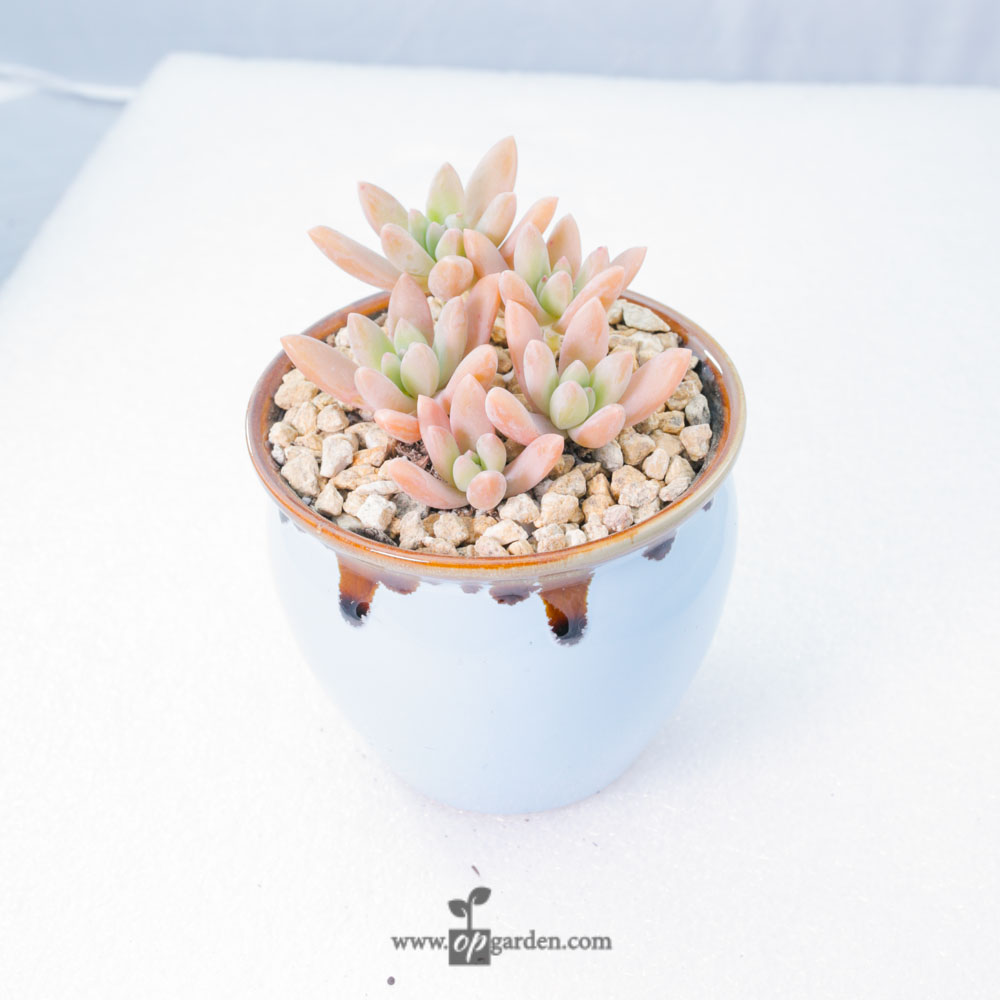
Reviews
There are no reviews yet.